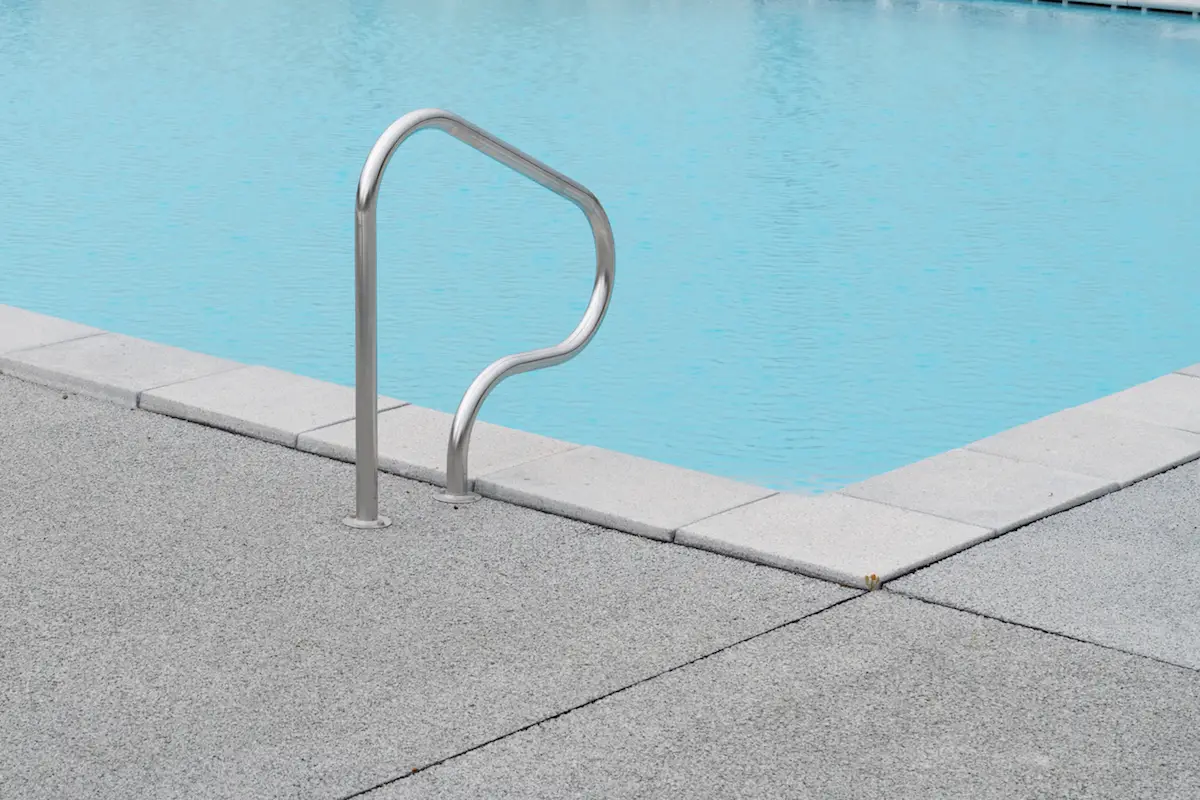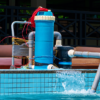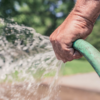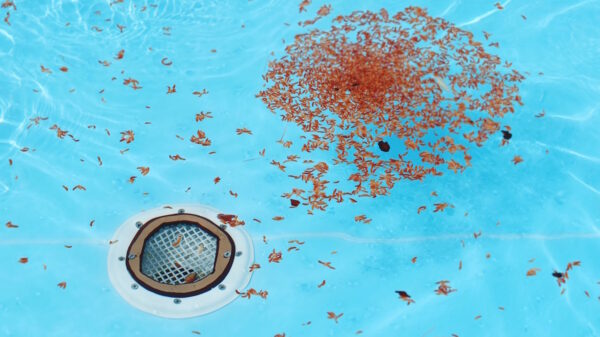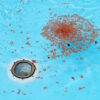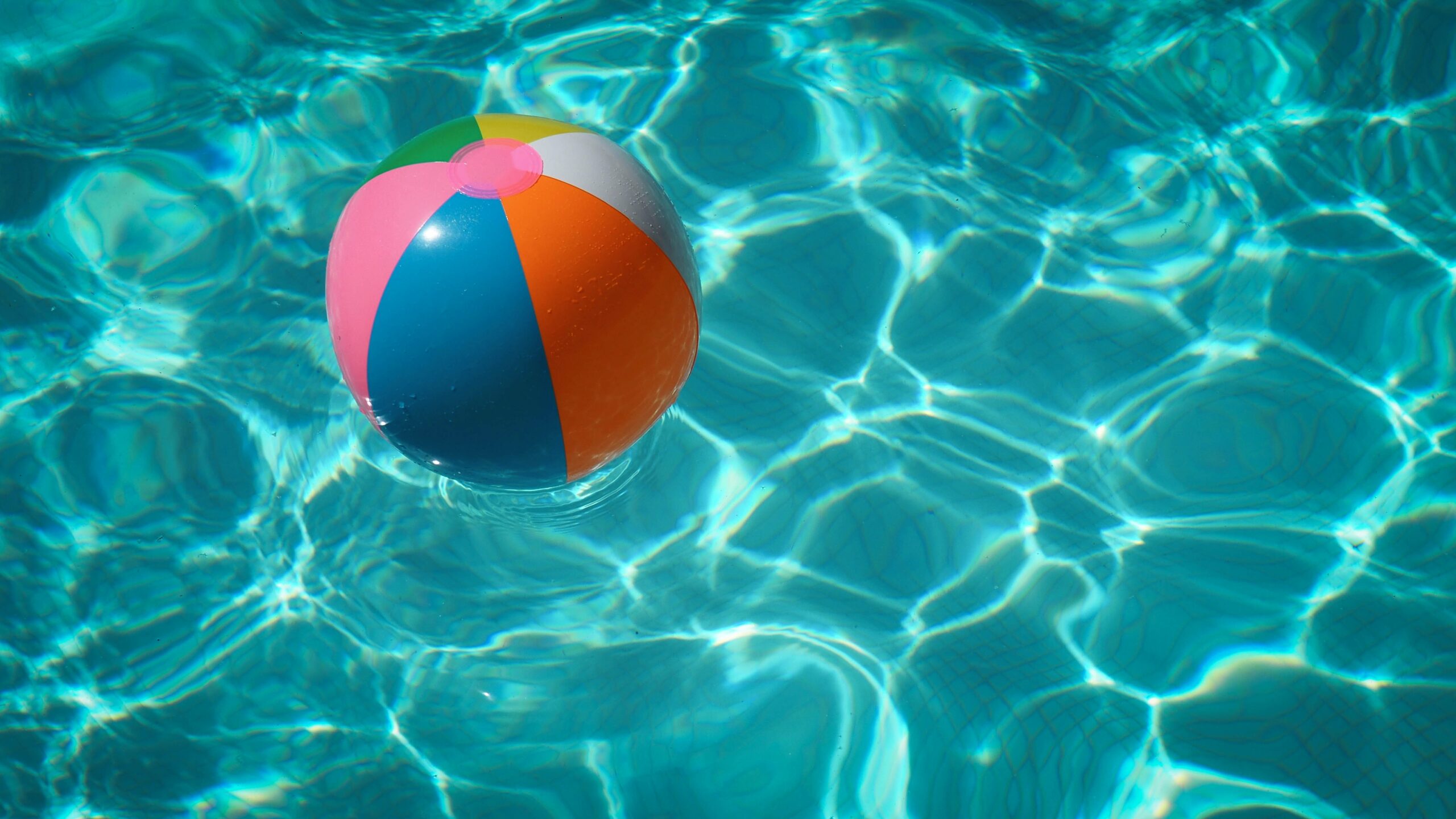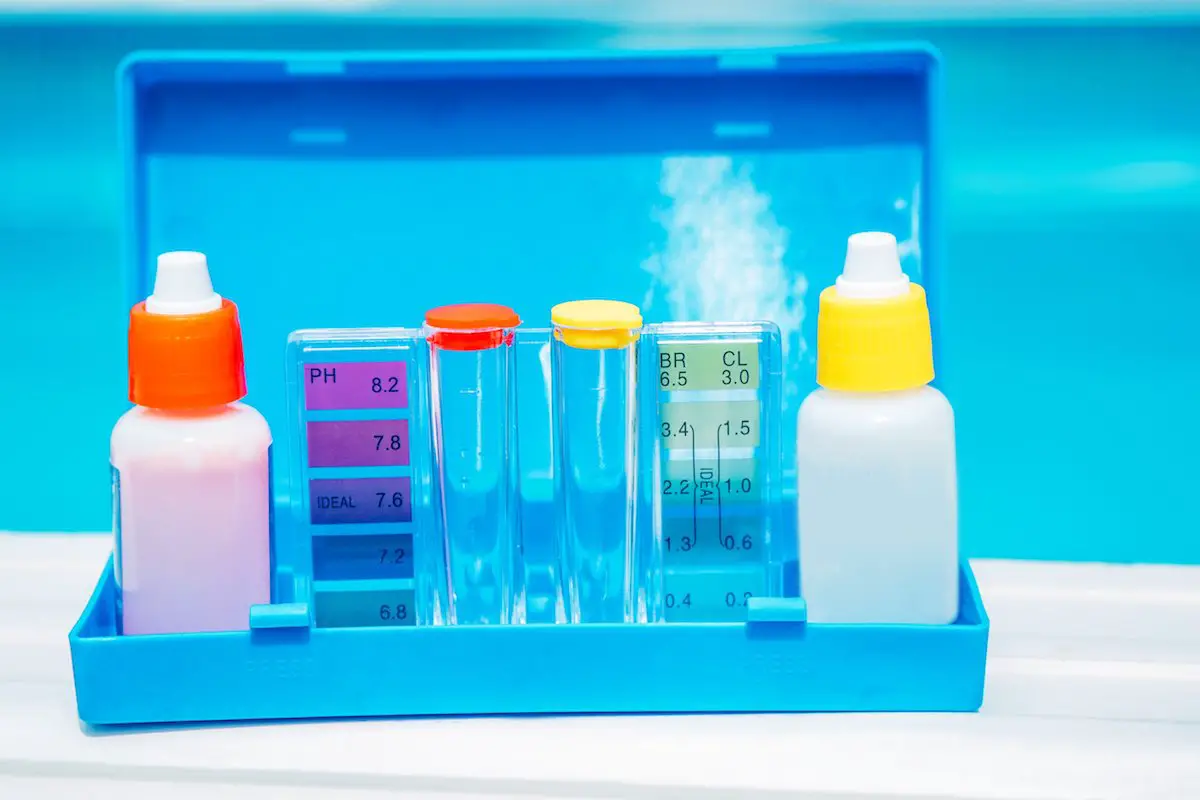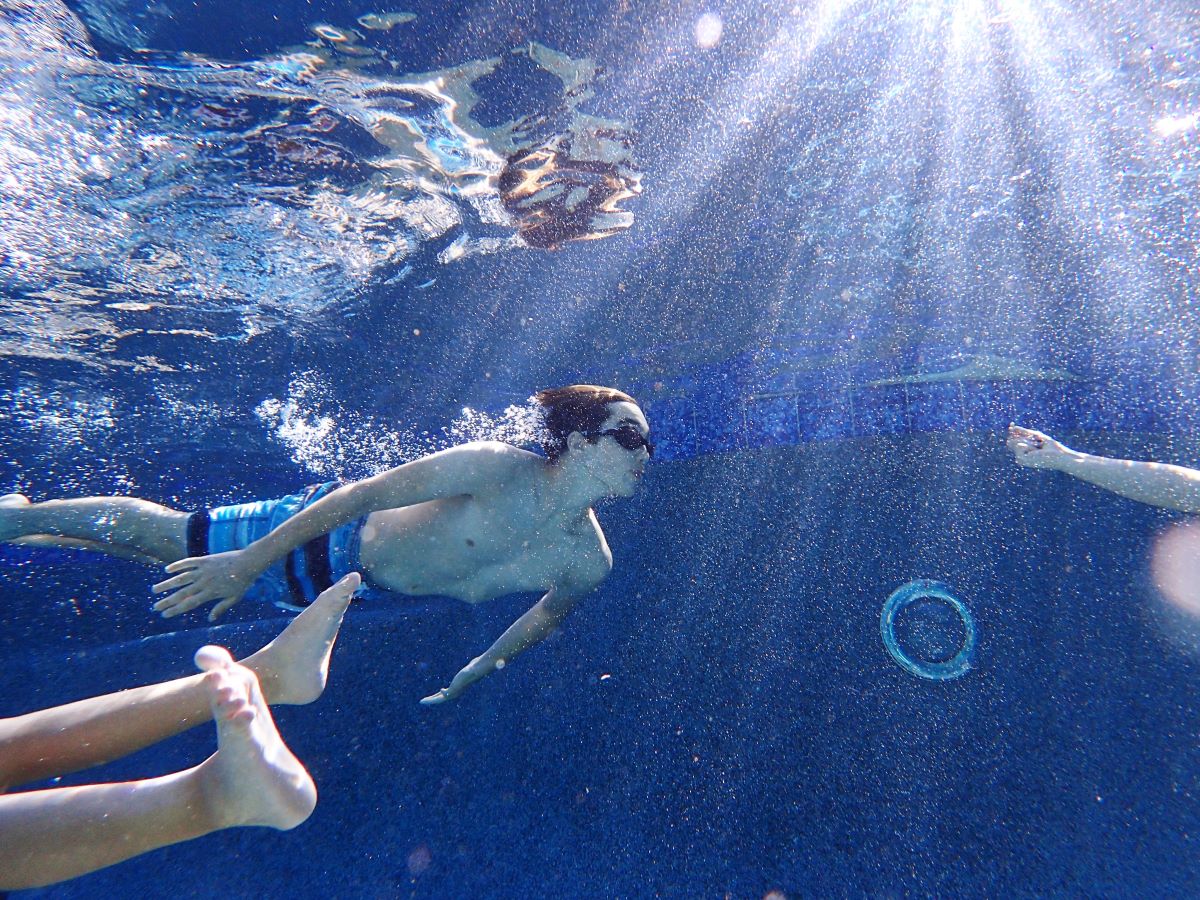Summertime means hot weather, swimming, and outdoor fun. Unfortunately, this fun can be brought to a halt when your pool has a film on top of the water. If you’ve ever noticed a film of stagnant water on top of your pool, you may be wondering what it is and how to get rid of it. So, what is the film on the top of the water in your pool and how do you get rid of it?
This film is actually a layer of bacteria that can form in stagnant water. Some ways to get rid of the film on top of the water include:
- Shock the Pool With Chlorine
- Use Pool Brush to Scrub the Film Off the Surface of the Water
- Drain and Refill the Pool
In some cases, the film may be caused by stagnant water that contains high levels of chlorine. This can happen if the pool is not properly ventilated. To fix this, you’ll need to increase the ventilation in the pool area. If you have a film on top of your pool water, it’s important to take action to remove it. Otherwise, you may end up with stagnant water which can lead to health problems.
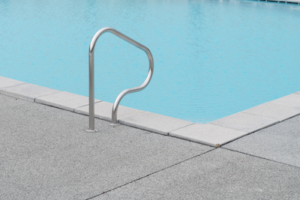
Why Is Stagnant Water Dangerous
While this film is not necessarily harmful, it can cause the water to become stagnant and potentially lead to health problems, as stagnant water can lead to health risks. When water is stagnant, it becomes a breeding ground for mosquitoes and other harmful insects. For some people, summertime also means mosquitos. Mosquitos can be a big annoyance, especially because they can carry diseases such as malaria and the Zika virus. While there are many ways to protect yourself from mosquitoes, one way to keep them away is to put the film on top of stagnant water. By doing this, you will prevent the mosquitos from being able to lay their eggs in the water. This is a simple and easy way to reduce your risk of getting bitten by mosquitoes.
Additionally, stagnant water can be a source of harmful bacteria and other contaminants that can cause illness. stagnant water can also lead to the growth of algae, which can produce toxins that are harmful to human health. As a result, it is important to avoid stagnant water whenever possible. If you must come into contact with stagnant water, be sure to take precautionary measures to protect yourself from potential harm. This is why if your pool has this layer of film, it is important to get rid of it before you or others begin swimming.
How to Clean Your Pool With Chlorine
In order to clean your pool and make it safe for swimming, you will need to add chemicals to the water. The most common chemical used to clean pools is chlorine. Chlorine is a common and effective disinfectant that can kill bacteria and other microorganisms. The amount of chlorine needed to clean a pool depends on the size of the pool, the amount of water, and the level of contamination. You can purchase chlorine at your local hardware or home improvement store. In order to add chlorine to your pool, you will need to follow the manufacturer’s instructions.
Once you have added the chlorine, you will need to circulate the water in order to evenly distribute the chemical. You should run the filter for at least 24 hours to circulate the water and remove any contaminants. After circulating the water, you should test the pH levels in order to ensure that the water is safe for swimming. You can purchase a pH test kit at your local pool supply store or online.
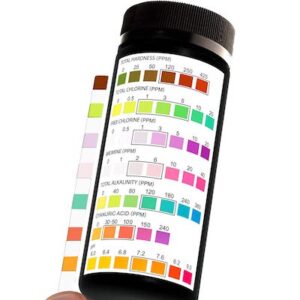
Using a Pool Brush
While there are many chemicals that can be used to clean pool water, a pool brush is one of the most effective tools for removing debris and keeping your pool looking its best. A pool brush can be used to scrub the sides and bottom of the pool, removing dirt, algae, and other harmful deposits. In addition, a brush can be used to loosen large debris such as leaves and twigs so that they can be easily removed from the water. For best results, it is important to brush your pool on a regular basis. Depending on the size of your pool, you may need to brush it once a week or more. Here are some steps to use a pool brush:
- Wet the Brush and Then Dip It Into the Pool.
- Scrub the Sides and Bottom of the Pool, Paying Special Attention to Any Areas That Seem Dirty or Stained.
- Make Sure to Give the Entire Pool a Good Scrub,
- Then Rinse Off the Brush and Then Empty Out the Water That’s Collected In the Bristles
- Let the Brush Dry Completely Before Storing It Away.
By taking the time to brush your pool and following these simple steps, you can help ensure that your water is clean and clear all season long.
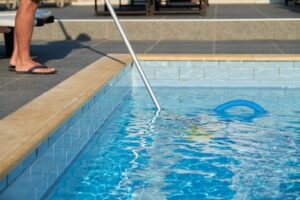
Draining and Refilling Your Pool
Draining and refilling a pool is a big job, but it’s also an important one. A pool that isn’t properly maintained can quickly become a breeding ground for bacteria and other harmful contaminants. By draining the water and giving the pool a good cleaning, you can help to ensure that your family stays safe and healthy.
There are a few things to consider when deciding when to refill your pool. If you live in an area with high water usage restrictions, you may want to wait until water usage is less restricted in order to avoid penalties. You’ll also want to make sure that your pool is clean before refilling it – otherwise, you’ll just be adding more dirt and debris to the water. And of course, you’ll need to factor in the weather. If it’s been hot and dry for a while, the ground around your pool may have cracked, which could cause leaking.
For these reasons, the best time to refill your pool is typically early spring or fall, when water usage restrictions are lifted and the weather is cooler and wetter. The best time of day to do this is early in the morning before the sun has had a chance to heat up the water. This will help ensure that your pool stays cool and refreshing all summer long.
Here’s How to Drain Your Pool:
- Turn Off the Power to the Pump
- Use a Garden Hose to Slowly Drain the Water From the Pool
- Once the Water Level Is Low Enough, you can begin scrubbing the walls and floor of the pool with a stiff brush. Be sure to pay extra attention to any areas that seem dirty or stained.
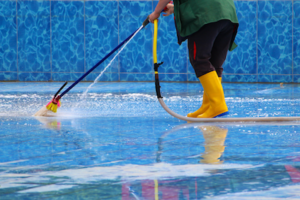
Once You’ve Finished Cleaning, It’s Time to Refill the Pool:
- Remove Any Debris From the Area Around the Pool
- Attach a Hose to a Water Source and Slowly Fill Up the Pool
- Add Any Chemicals
- Turn the Pump Back On
Conclusion
Many people enjoy pools because they provide a place to go to relax and cool off in the summer heat. However, pools require a fair amount of maintenance in order to keep them clean and safe for swimmers. If your pool has a film coating it you need to take the steps to clean it and get rid of it. You can either add chlorine and chemicals, use a pool brush or drain and refill your pool. Regardless of whatever steps you choose to take it is important to get rid of the film. As it could be harmful and hazardous to anyone around it. It can be a breeding ground for mosquitoes and other insects that contain viruses and bacteria. So, make sure to keep you and your family safe by inspecting your pool for a film on top of the water and cleaning it if you see it!

